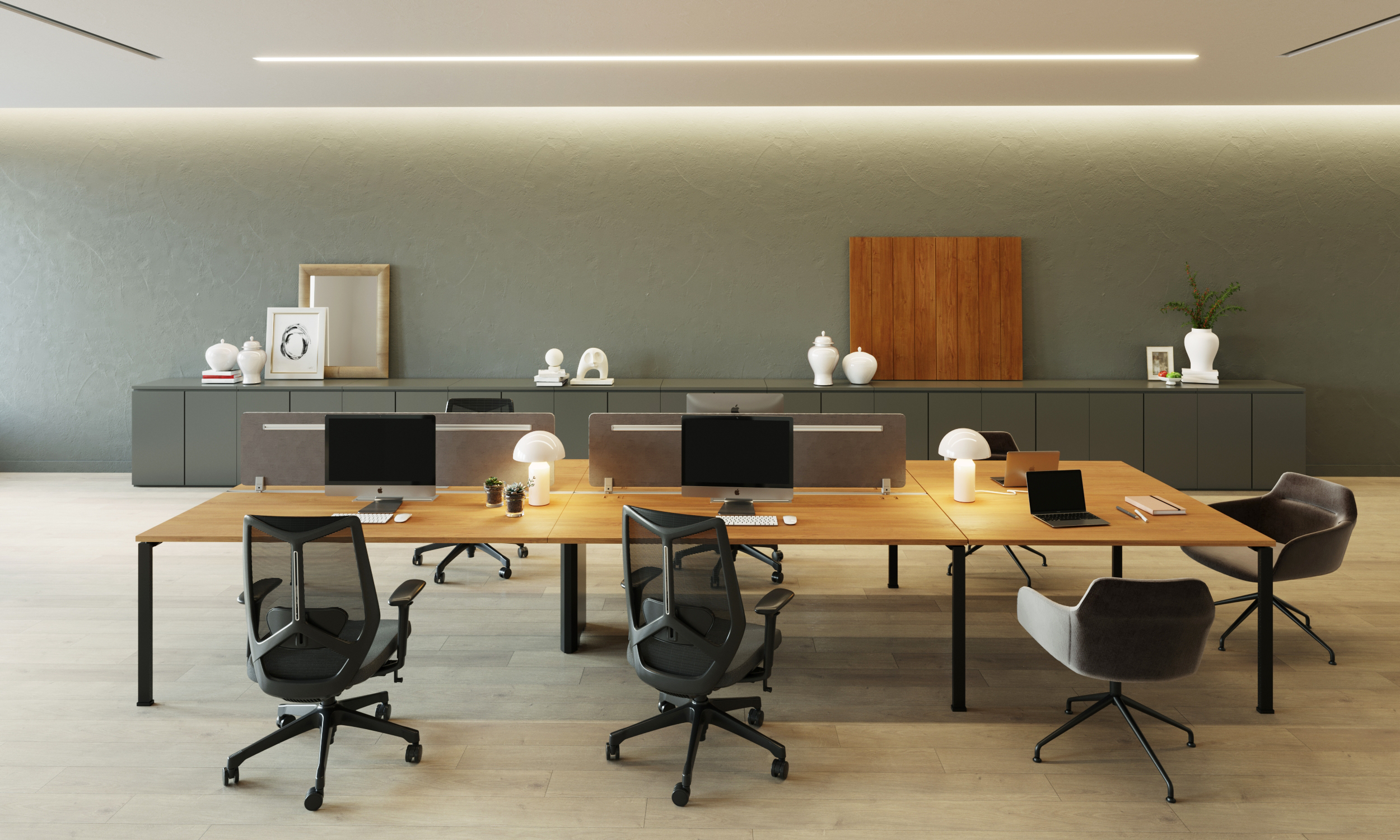The traditional office of assigned seats is giving way to dynamic environments that flex with team rhythms. Today’s workforce demands a variety of settings—collaboration hubs, quiet focus nooks and social lounges—so companies must redesign spaces to support diverse workstyles while reinforcing culture and purpose.
Rethinking Assigned Seating
Static desks no longer serve today’s mobile, project‑based teams. By replacing fixed seating with bookable workstations and free‑address zones, organizations unlock floor area and empower individuals to choose the environment that best fuels their productivity—whether they’re in the office or dialing in remotely.
Balancing Space Types
Offer too many open collaboration areas and you risk constant distraction; too few, and innovation stalls. A well‑tuned mix includes:
- Team Clusters: Flexible benching or modular pods for quick stand‑ups and ideation.
- Focus Booths: Enclosed pods or small rooms for heads‑down work and private calls.
- Social Hubs: Lounge‑style seating and café counters to spark chance encounters and informal mentoring.
Striking this balance creates an equitable experience, letting every employee—from marketing to R&D—find the right setting for their task.
Integrating Digital Processes
A digitally enabled workplace bridges the gap between physical and virtual:
- Real‑Time Analytics: Occupancy sensors track which spaces are in demand, guiding facilities teams in continuous optimization.
- Seamless Handoffs: Integrated booking systems and unified‑communications panels let employees switch from an in‑person whiteboard session to a video call in seconds.
- Adaptive Environments: Smart lighting and climate controls respond to occupancy patterns, enhancing comfort and energy efficiency.
Why It Matters?
Modernizing your workspace isn’t just about square footage; it’s a strategic investment that:
- Boosts Engagement: When employees can work where and how they do their best, morale and retention improve.
- Drives Productivity: Context‑appropriate spaces and digital tools reduce friction and downtime.
- Strengthens Culture: Thoughtful design signals that your organization values collaboration, well‑being and innovation.
A true modern workspace seamlessly integrates people, places and platforms—delivering a future‑ready environment that supports hybrid teams today and scales with your business tomorrow.

Leave a Reply